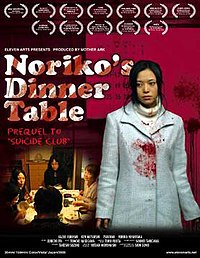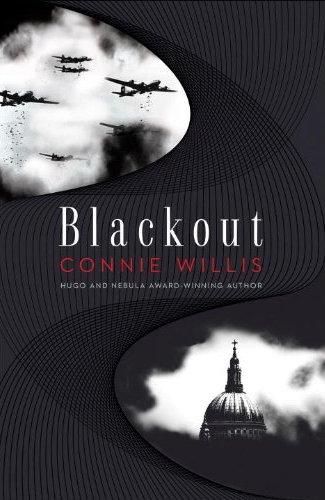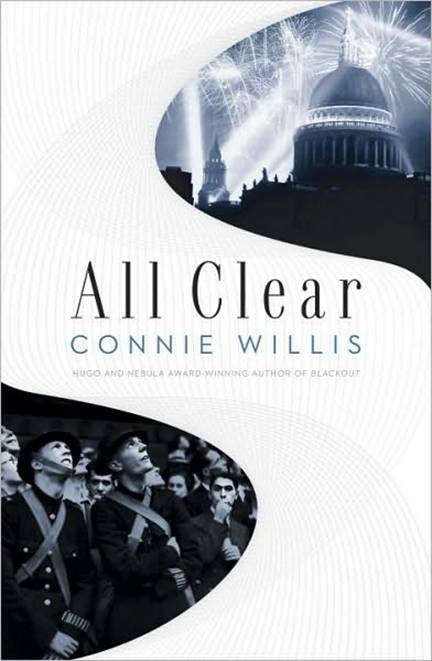Note: This post reveals spoiler-type points about the movies and books it discusses.
Noriko’s Dinner Table
has been on my Netflix radar for a while now, and I even started watching it
once before, but I gave up after I figured out it’s the sequel to a movie I
hadn’t yet seen (Suicide Club). I was
browsing through my Netflix Instant queue (I don't get DVDs from the right now)
the other day, saw that Noriko was
going to disappear at the end of June, and decided I wanted to give it another
try.
Luckily, Suicide Club
was available for a cheap online rental on Amazon, so I watched it last night
and Noriko this afternoon. One thing
that struck me is that, even though both movies look similar visually and fit
together nicely, they are very different in several ways. The first is in tone:
Suicide Club is a horror movie, quite
gory in a few scenes and genuinely disturbing in several more; Noriko mostly sidesteps the horror
tropes, and ends up feeling like more of a dysfunctional family drama.
Another major difference is how each movie tells its story: Suicide Club is much more image- and
event-driven, while Noriko relies
(too much, in some places) on voiceover narration. At times, it feels more like
an illustrated novel than a movie.
Along with that, there’s a marked difference in how
characters are used in each movie, and as a result, the scope that they try to
cover. Suicide Club’s opening scene
(and the sequence at the center of both movies) shows numerous Japanese high
school girls lining up along the tracks at a train station. As a train pulls
in, the girls (54 of them) jump onto the tracks and are killed, with
accompanying explosions of blood.
In contrast, Noriko begins in a similar location, but instead of a grisly tableau, we listen to the teenaged title character explain that she has run away to Tokyo.
As Suicide Club
continues, the original mass train suicide seems to set off an epidemic, with
several scenes of Japanese people (mostly young people) killing themselves,
sometimes with a group, other times individually. Each soon-to-be dead
character only gets a scene or two before they die, making it difficult, first,
to understand why they want to die, and second, to identify with the characters
on a personal level. Thus, the focus of these scenes focuses more on the
phenomenon of suicide than with the characters who are dying.
Noriko, on the
other hand, indulges in extended backstory sequences explaining where Noriko
and her family live, and how and why she decides to leave her hometown and run
away to Tokyo. She has connected with a group of girls on an online message
board, and all of these girls live in the big city; thus, Noriko believes she
will not be lonely if she can meet them in real life. If you pay attention,
you’ll recognize that the website Noriko frequents also plays an important role
in Suicide Club, but other than that,
the two movies don’t feel very closely connected early on.
(SPOILERS in the next paragraph)
Gradually, we come to learn that the Noriko’s message board
friends are also responsible for the mass suicide at the train station (and
other events before and after it), and we see how the characters we have come
to know are part of a larger movement. Suicide
Club does the opposite, focusing on the events of the movement without
revealing who is behind them until late in the film, and even then, it’s really
hard to figure out why they are committing these acts of destruction.
The only other example I can think of where the same creator
(Shion Sono wrote and directed Suicide
Club and Noriko’s Dinner Table)
used such different storytelling modes in the same overall work is Jose
Saramago’s novels Blindness and Seeing. In Blindness, we follow a small group of individuals struggling to
survive after an epidemic of blindness has left everyone (except for one
character) unable to see. Seeing picks
up the story after (SPOILER) humanity has regained its sight, and is working to
put society back together. Most of its scenes are set in boardrooms and offices
where high-powered archetypes discuss everything that has happened.
The Noriko/Blindness approach to a story is more
common these days (The Hunger Games
novels are another example, as are most YA novels), I think because it’s much
harder to get readers and viewers to invest in a story if they don’t care about
the people in it. Action movies tend to focus more on events than characters,
but even then, audiences are usually given an identifiable protagonist (like
Sam Witwicky in the Transformers
movies).
I’m not sure which mode I prefer. I tend to fall more on the
character side, but in the case of Suicide
Club and Noriko’s Dinner Table, I
think Suicide Club is a better movie.
Not having a central character gives each scene a palpable sense of danger,
because you’re never sure if a given character is going to survive his or her
next scene. And in a horror movie, that’s a major asset. At the same time,
though, the emotional payoff in Noriko
is more immediate, first because it’s much easier to understand what’s going
on, and second because we have invested a significant amount of time with the
central characters.
Personally, though, I found myself more in the grip of the
anything-could-happen existential crazypants of Suicide Club. It was more than the challenge of trying to piece
together a coherent narrative, too; the central character void allowed me to
enter the psychological space of the story in a way that I could not have if a
traditional protagonist were embodying those feelings and showing me how they
react to them.









